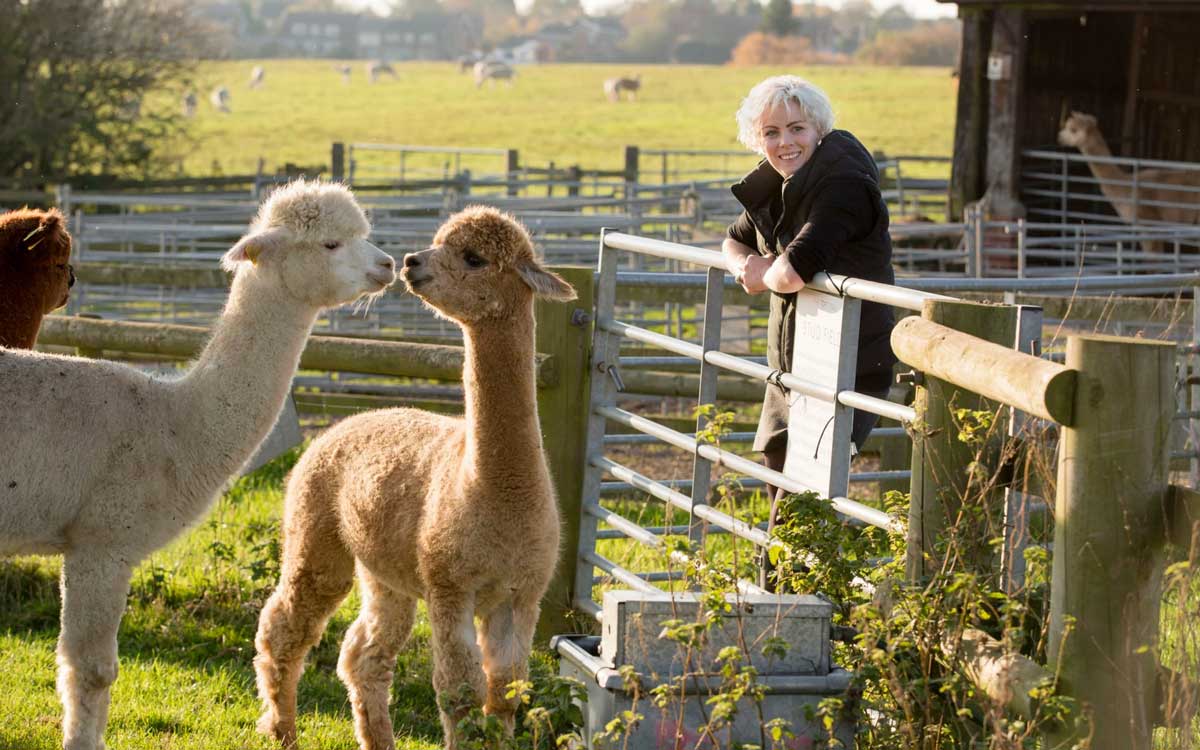Besides their cute faces and gorgeous coats, alpacas are known for being highly receptive to the human touch. The many unique qualities of alpacas encouraged many pet lovers to bring them home.
Nowadays, you can find many alpacas for sale. Alpacas are easy to train and to care for. However, like any other pet, they need attention, love, and care.
In this post, we’ll show you how to care for an alpaca as a pet.
Access to Basic Needs
Similar to other pets, alpacas need clean surroundings to live unstressed. They need access to clean water and regular food.
Alpacas feed on grass and hay. A typical alpaca will feed on 1 or 2 pounds of hay daily, depending on pasture. They also need supplementary hay feeding in the winter season.
It’s essential to be aware of what the alpaca is eating. Some plants, such as the ragwort, are poisonous, so make sure you keep them away from it.
You can use durable plastic containers for water. You’ll also need to keep the hay in a container; wood works great to store hay.

Medical Attention
Caring for alpacas as pets means that you should regularly schedule vet visits. An alpaca needs vaccines and deworming.
It’s important to be aware of the diseases that might affect your alpaca and their symptoms. That will help you know if your alpaca is feeling unwell.
Alpacas are generally at high risk of contracting some diseases carried by other animals. One of the most prevalent conditions is diarrhea. Some of these diseases might even require a particular vaccination.
When it comes to the vaccines, alpacas are pretty much like the sheep. They get vaccinated twice a year.
Regular Shearing
Alpacas are fiber-producing animals, so it’s advisable to shear them every spring. That’ll help them deal with the hot summers.
Regular shearing has a direct impact on their wellbeing. Since the process is complicated, it should be carried out by those who have experience with the process. Multiple people will also be involved in the process to hold and shear the Alpaca.
Adequate Shelter
Proper fencing is necessary to protect the alpacas from predators. The fence should be around 5-foot high. That doesn’t mean that alpacas will try to escape. The primary use of the fence is to keep the predators away.
A proper shelter is required so they can return to it for their alone time. It should provide proper ventilation so that moisture doesn’t build up and hurt the alpaca’s respiratory system. It shouldn’t be very dark as well.
The shelter is also necessary during summertime to protect them from the sun and its high temperature.
Conclusion
Even though it may seem uncommon to have alpacas as pets, many people opt to keep them.
Alpacas are easy to care for, they’re friendly, and they learn fast. When you spend some time with an alpaca and see how relieving it can be, you’ll find that it’s definitely worth it!

